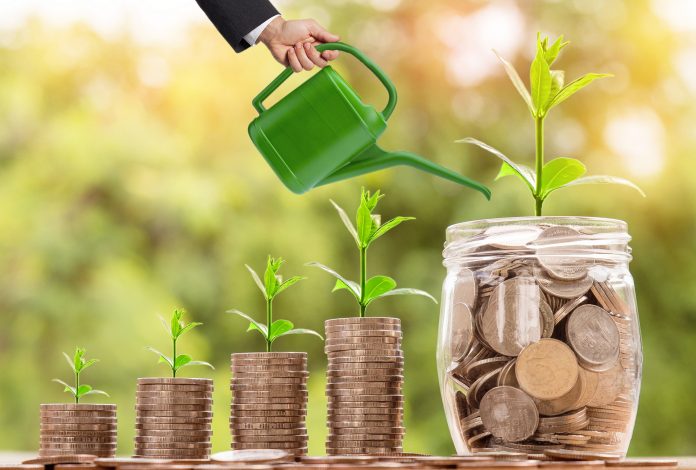Doing business

Prior to invasion, commercial/corporate farms have been mostly investing in modern agricultural machinery, precision farming technologies, better livestock and poultry technologies while smaller farmers have invested in vegetable production, including modern greenhouses, fruit, in-field irrigation, livestock and other activities.
Reconstruction and rehabilitation costs of Ukrainian agriculture due to loss and damage resulting from the russian aggression will most likely exceed preliminary FAO estimates of nearly USD 30 billion. The main reason is the complexity of Ukrainian food system and billions of USD in lost export revenues. Clearly, multiple shellings of territories that are not occupied also damaged agricultural infrastructure and supply chains. In order to mitigate the impact of the war domestically and internationally there is an urgent need for reconstruction plan for Ukrainian agriculture.
FAO experts distinguished 6 tentative priority areas:
1) Support to rural household, incomes and food security. Support efforts will need to be aimed at supporting food supply and demand. On the supply and farmers’ income side, as of April 2022, the farmers in the occupied regions will likely experience issues with irrigation for all crops and production and sale of fruit and vegetables. Ukrainian smallholder farmers will most likely require investment/ matching grants support and/or agricultural input packages (seeds, fertilizers, breeding animals/poultry). On the demand side, considering sharp drop in consumer incomes, reduced consumption based due to the outflow of refugees, it will be critically important to implement targeted social programmes, food assistance programmes, local procurement and school meal programmes.
2) Supporting liquidity of farmers and access to finance. Due to the disruption of agri-food exports and domestic supply chains, Ukrainian farmers cannot sell their stocks to repay their loans. So, the farmers will face liquidity issues in times of rising agriculture financing risks. Thus, partial credit guarantees (for commercial farms) or marching grants (for small farms and households) may be an important tool for de-risking credit extended to agriculture.
3) De-mining. According to the UN, Ukraine is one of the most mined countries in the world following the beginning of russian aggression in Eastern Ukraine in 2014. The most recent estimates of the Ukrainian Deminers Association suggest that close to 83,000 square km might currently be contaminated by different types of landmines. Considering the costs of mine clearance in Kuwait and Croatia in the 1990s, the demining effort in Ukraine could cost possibly over USD 10 billion.
4) Support to critical inputs supply, national seed production and livestock breeding. Due to supply chain disruptions or physical damage to seed and breeding facilities, farmers may experience issues in procuring critical inputs, seeds or breeding livestock and poultry.
5) Compensation for lost assets. As farmers and agribusiness owners in Ukraine often lack insurance on their assets or the latter does not cover war-related risks, compensation for damages to production facilities or lost incomes may be an important tool to support their operation.
6) Support to export market access. Ukraine’s temporary loss of its traditional markets in Asia, Middle East and Africa would need to be promptly compensated, most likely with respect to a deeper market integration and more free trade with the EU and other Western countries, Turkey and new free trade agreements.
FAO experts advise allocating targeted support to (i) rural roads and railway transportation of food and (ii) skills building/training of farmers and food industry employees. FAO’s International Financial Institutions partners (World Bank, EBRD) have already pledged USD 3 and 2 billion respectively for recovery in Ukraine. However, it is clear that actual recovery and investment needs will be far higher in agrifood sector alone.
Source: https://ukraineinvest.gov.ua/